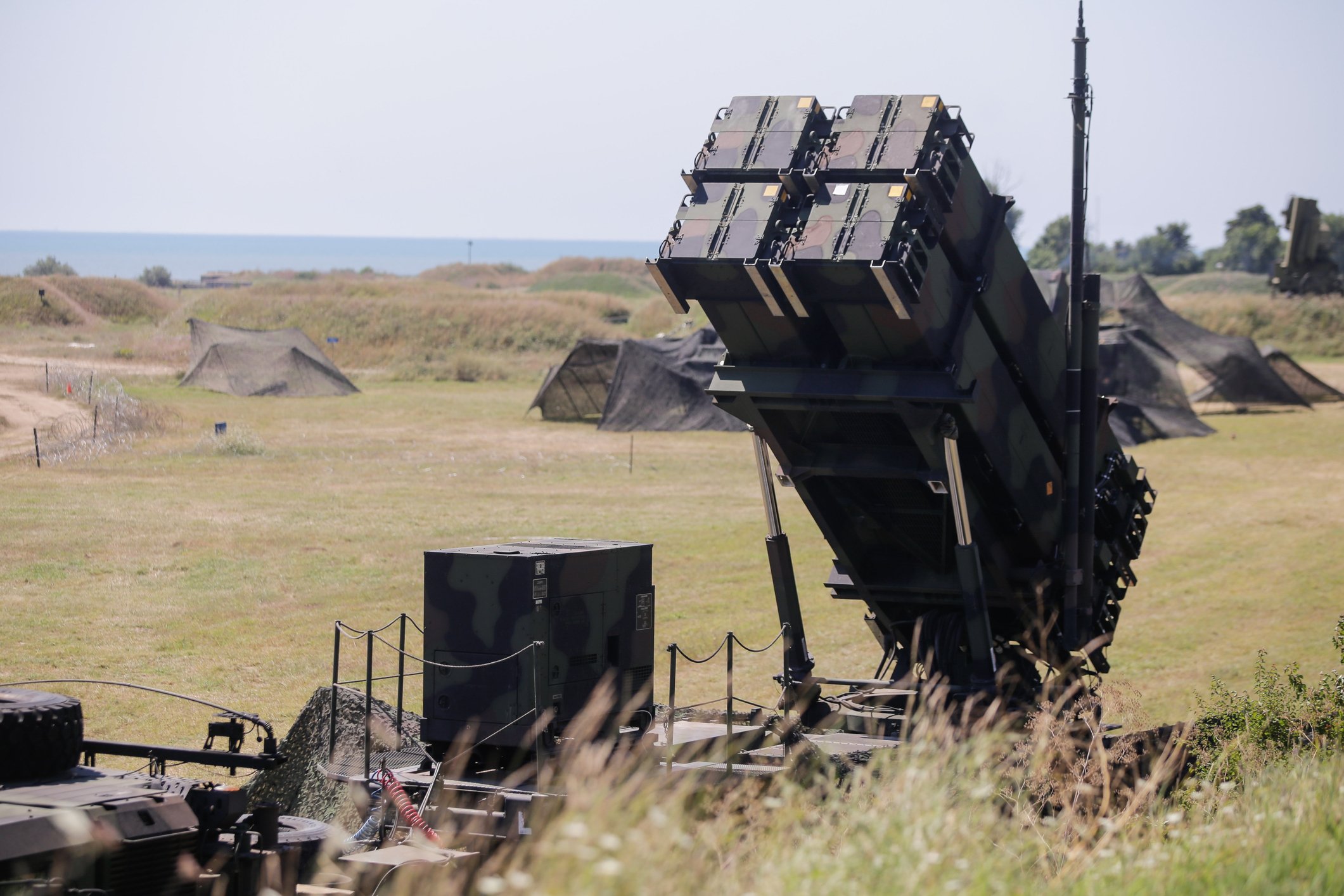Lockheed Martin's (LMT +4.34%) F-35 stealth fighter is bombing -- and not in a good way.
Lockheed Martin's F-35 has been running low on good news lately -- and in dire need of a fill-up. Image source: Lockheed Martin.
So far in 2014, we've seen reports that the Australian Navy has ditched plans to equip its new fleet of Canberra-class amphibious assault ships with F-35B stealth "jump jets." The U.S. Navy is having second thoughts about buying Lockheed Martin F-35C fighters for its full-size aircraft carriers. For that matter, even the U.S. Air Force may be considering substituting fourth generation F-16 and F-15 fighter jets -- or even F/A-18s -- for at least some of its planned purchases of F-35A conventional take-off-and-landing stealth fighters.
In short, it's not been a good year for Lockheed Martin, or for its marquee aircraft.
Britain to the rescue
It's therefore with some measure of relief that we can finally report a rare bit of good news for Lockheed Martin and the F-35. Even if the plane is losing popularity seemingly everywhere else, there's still one misty isle where its fortunes are still gaining altitude.
Last week, Britain's The Fiscal Times reported that Prime Minister David Cameron has committed to an $18 billion defense spending boost that will (among other things) triple the near-term rate at which Britain buys F-35s for its Navy. Previously expected to purchase just eight F-35B fighter jets through 2023, the Royal Navy now intends to buy 24.
Moreover, the U.K. intends to also nearly triple the total number of F-35s it buys for its armed forces over coming decades. After recently warning it might only honor its minimum commitment of 48 aircraft, the U.K. now intends to buy its full allotment of 138 stealth fighter jets. That will be enough aircraft to fully outfit each of Britain's two new aircraft carriers, the Prince of Wales and the Queen Elizabeth, with a full complement of 36 fighter jets each -- and to outfit the Royal Air Force with nearly a full fighter wing of F-35As besides.
What it means to investors
This is, quite simply, huge news -- and good news -- for Lockheed Martin and its shareholders. According to the military hardware analysts at BGA-Aeroweb, each F-35A aircraft carries a $129 million "flyaway" price. The F-35Bs destined for the Royal Navy cost a whopping $183 million each.
Thus, the very least that Britain's commitment means to Lockheed is $13.2 billion in revenues from the B's and an additional $8.5 billion from the A's -- or more than $21.7 billion in total revenue. Even at the F-35's subpar operating profit margin of just 7%, that's a good $1.5 billion worth of profits that Lockheed can now count on earning -- nearly $5 per share.
More important, Britain's vote of confidence in the F-35 may help to buck up other potential purchasers, whose commitment to the program has been wavering (yes, we're talking to you, Canada). And from an economic point of view, each incremental sale of an F-35 helps to spread the program's cost out over a wider base, reducing the price each next sale must fetch to earn a profit -- and making it easier for Lockheed Martin to lower prices and win those incremental sales.
In short, while an investor can't afford to ignore all the bad news Lockheed has endured this year, you don't want to make the mistake of underestimating the good news, either.
Britain's first F-35B, captured in-flight in this April 13, 2012, photo. Expect many more photos -- and F-35s -- to follow. Image source: Lockheed Martin.








